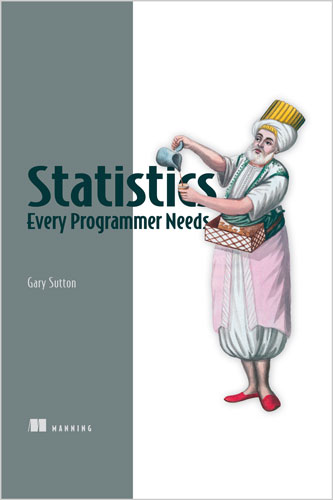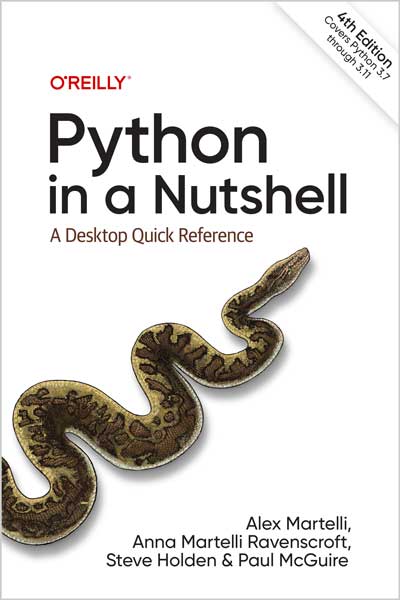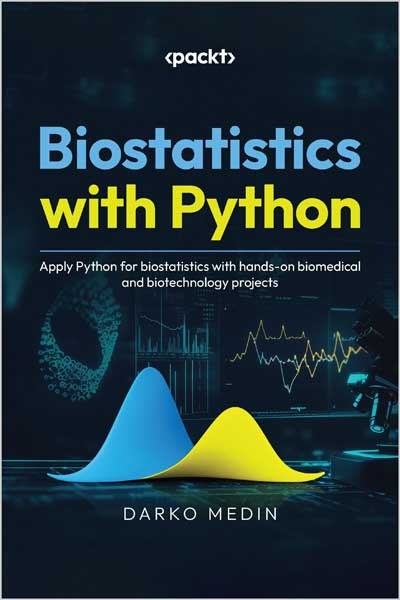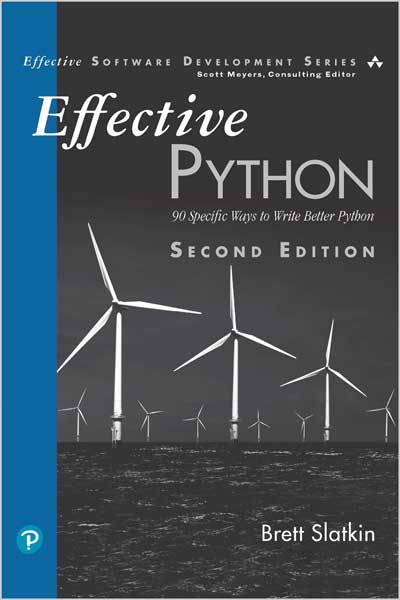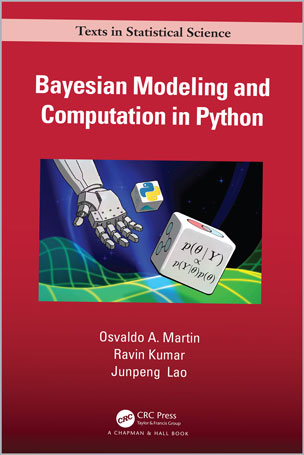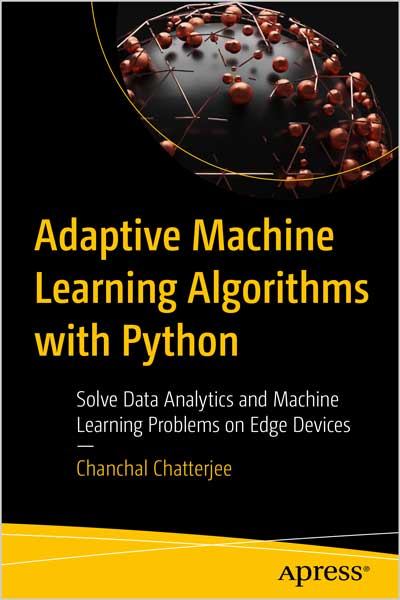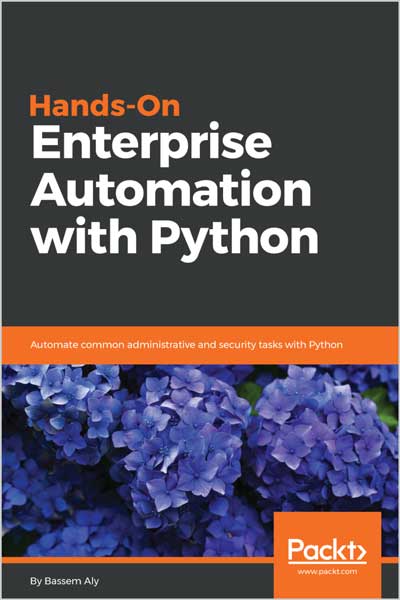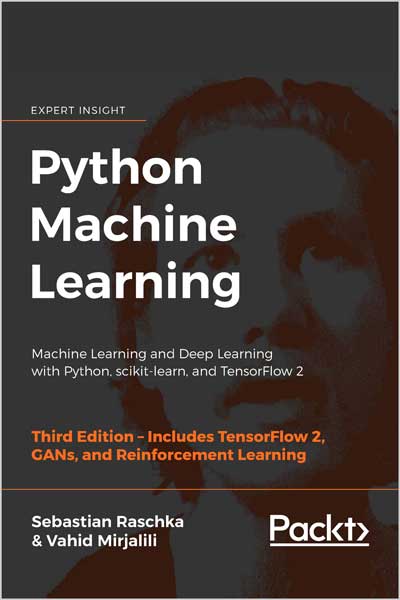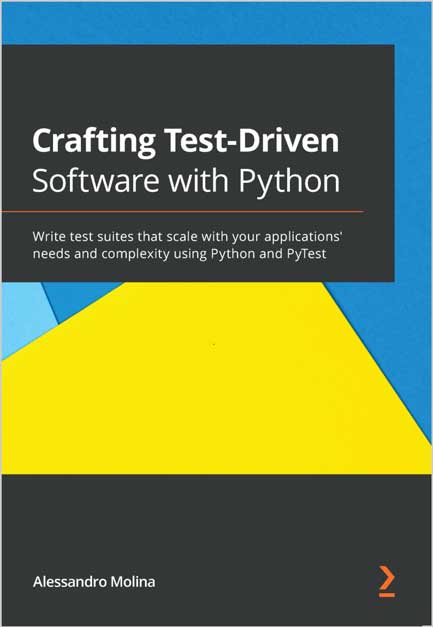Practical Solutions from Preprocessing to Deep Learning
Kyle Gallatin, Chris Albon
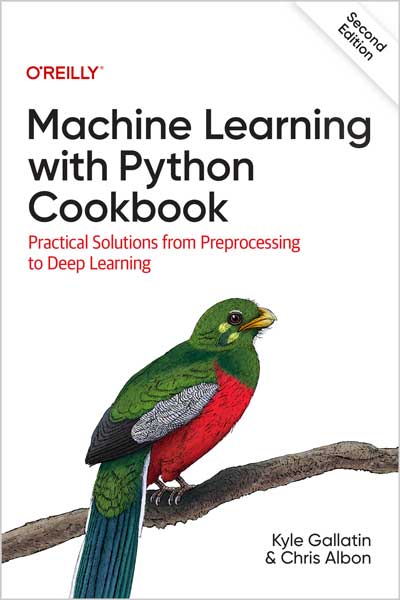
#Machine_Learning
#Python
#data
#SVM
#CSV
#JSON
#SQL
#databases
#cloud
This practical guide provides more than 200 self-contained recipes to help you solve machine learning challenges you may encounter in your work. If you're comfortable with Python and its libraries, including pandas and scikit-learn, you'll be able to address specific problems, from loading data to training models and leveraging neural networks.
Each recipe in this updated edition includes code that you can copy, paste, and run with a toy dataset to ensure that it works. From there, you can adapt these recipes according to your use case or application. Recipes include a discussion that explains the solution and provides meaningful context.
Go beyond theory and concepts by learning the nuts and bolts you need to construct working machine learning applications. You'll find recipes for:
- Vectors, matrices, and arrays
- Working with data from CSV, JSON, SQL, databases, cloud storage, and other sources
- Handling numerical and categorical data, text, images, and dates and times
- Dimensionality reduction using feature extraction or feature selection
- Model evaluation and selection
- Linear and logical regression, trees and forests, and k-nearest neighbors
- Supporting vector machines (SVM), naäve Bayes, clustering, and tree-based models
- Saving, loading, and serving trained models from multiple frameworks
When the first edition of this book was published in 2018, it filled a critical gap in the growing wealth of machine learning (ML) content. By providing well-tested, hands-on Python recipes, it enabled practitioners to copy and paste code before easily adapting it to their use cases. In a short five years, the ML space has continued to explode with advances in deep learning (DL) and the associated DL Python frameworks.
Chapter 1. Working with Vect ors, Matrices, and Arrays in NumPy
Chapter 2. Loading Data
Chapter 3. Data Wrangling
Chapter 4. Handling Numerical Data
Chapter 5. Handling Categorical Data
Chapter 6. Handling Text
Chapter 7. Handling Dates and Times
Chapter 8. Handling Images
Chapter 9. Dimensionality Reduct ion Using Feature Extract ion
Chapter 10. Dimensionality Reduct ion Using Feature Select ion
Chapter 11. Model Evaluation
Chapter 12. Model Select ion
Chapter 13. linear Regression
Chapter 14. Trees and Forests
Chapter 15. K-Nearest Neighbors
Chapter 16. l ogistic Regression
Chapter 17. Support Vect or Machines
Chapter 18. Naive Bayes
Chapter 19. Clustering
Chapter 20. Tensors with PyTorch
Chapter 21. Neural Networks
Chapter 22. Neural Networks for Unstructured Data
Chapter 23. Saving, Loading, and Serving Trained Models
Now, in 2023, there is a need for the same sort of hands-on content that serves the needs of both ML and DL practitioners with the latest Python libraries. This book intends to build on the existing (and fantastic) work done by the author of the first edition by:
- Updating existing examples to use the latest Python versions and frameworks
- Incorporating modern practices in data sources, data analysis, ML, and DL
- Expanding the DL content to include tensors, neural networks, and DL for text and vision in PyTorch
- Taking our models one step further by serving them in an API
Like the first edition, this book takes a task-based approach to machine learning, boasting over 200 self-contained solutions (copy, paste, and run) for the most common tasks a data scientist or machine learning engineer building a model will run into.
About the Author
Kyle Gallatin is a software engineer for machine learning infrastructure with years of experience as a data analyst, data scientist and machine learning engineer. He is also a professional data science mentor, volunteer computer science teacher and frequently publishes articles at the intersection of software engineering and machine learning. Currently, Kyle is a software engineer on the machine learning platform team at Etsy.
Chris Albon is the Director of Machine Learning at the Wikimedia Foundation, the non-profit that hosts Wikipedia.
